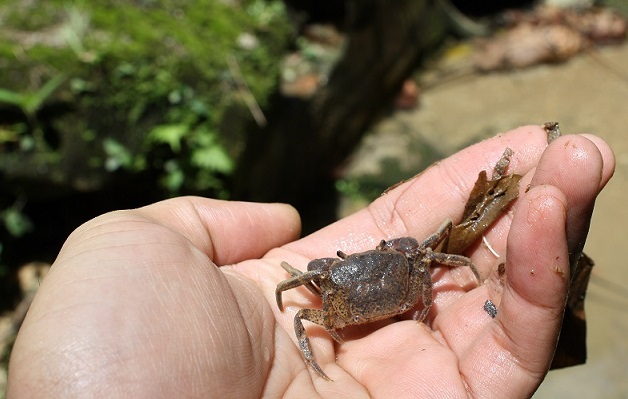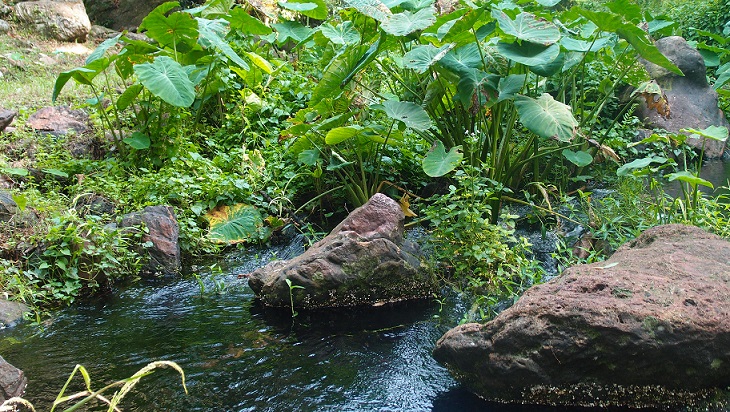Forest is a complex ecosystem consisting mainly of trees that help create a special environment which impact the kinds of animals and plants that exist in the forest. Trees are a vital component of environment as its clean the air, conserve heat at night, cooling the air on hot days and act as excellent sound absorbents.
Rivers provide important habitats and serve as feeding and breeding grounds for a wide range of riverine biodiversity that lives in the river as well as in the river-fringing vegetation or river banks. Rivers also form a key component of our environment and landscape. They provide the means for delivering water to every corner of the earth and are vital for healthy waterways.
The forest and riverine biodiversity that is detailed or stressed here are the plant and animal species that live in and along the forest and river. The different species occupying or dominating a habitat may indirectly indicate the health of a habitat; these species are called biological indicators. This is because certain plants as well as animals prefer clean water or a percentage of canopy cover, making them as indicators of water deterioration or forest degradation due to human activities.


(Source of the pictures above: Sg Penchala Open Classroom)